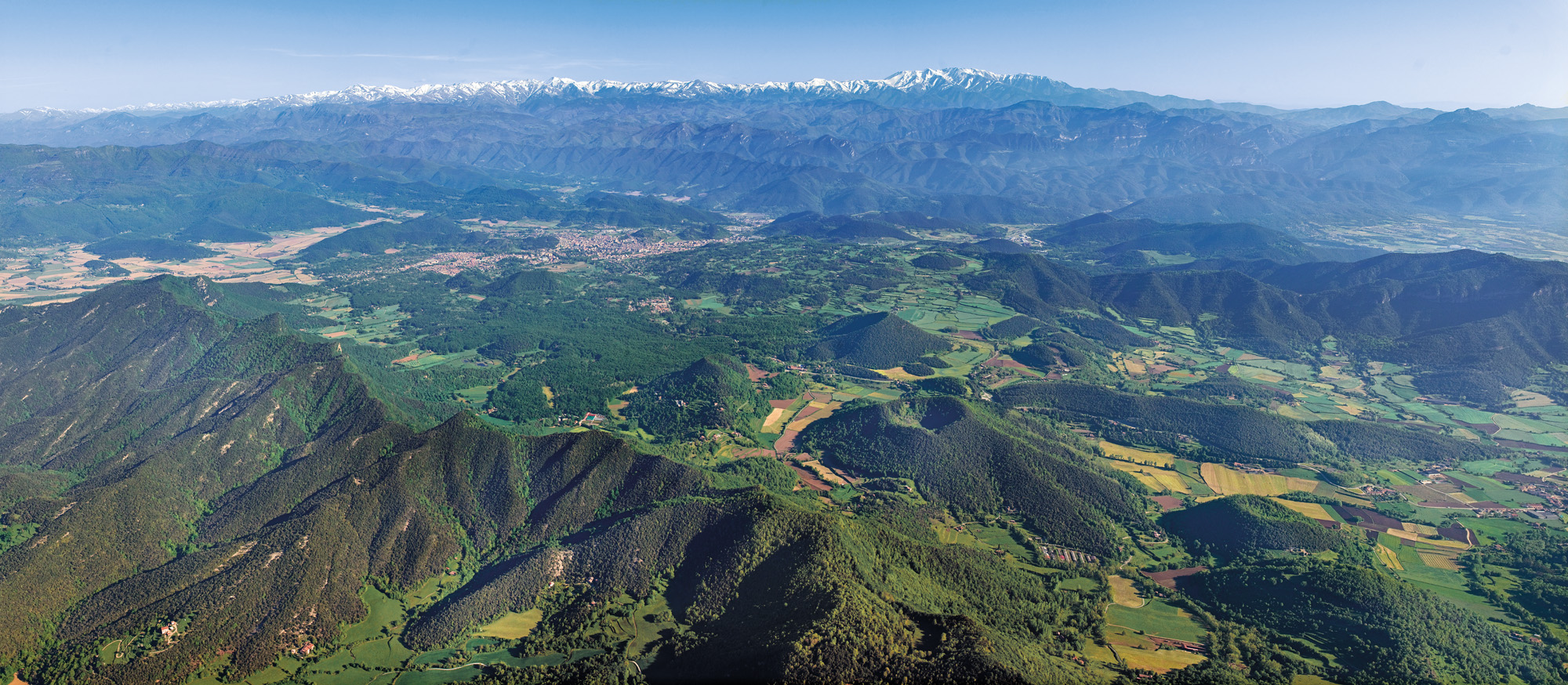La Garrotxa Territori Resilient




La Garrotxa is a rural region in northern Spain that is home to 21 municipalities and over 500 local community organisations that work together towards a participatory, sustainable and well-networked society.
CASE STAGE: Well established and running
LOCATION: Garrotxa County, includes 21 municipalities (Spain)
POPULATION: 56,000
TRANSITION CONNECTION: Yes
GOVERNANCE: Not defined
This case study is one that emerges through both serendipity and design. The 2008 economic crisis served to mobilise a population that was already sensitive towards global social, ecological and economic issues, and which was able to link this sensitivity to the region’s deteriorating local well-being. The fruit of this widespread mobilisation is that currently several municipalities are now run by mayors and town councils who share a commitment to increase citizen participation, ecological sustainability and overall regional resilience, and who work together regardless of their different political colours.
Of the 500+ local community organisations, nearly 100 of them are dedicated towards social and ecological issues, and over the years have successfully increased public awareness and created political space for positive social and ecological change. At the same time the local municipalities have created several coordinated consortiums of technical departments that are dealing with social, economical and environmental issues of the county as a whole.
The success of the social and ecological transitions and transformations that La Garrotxa is experiencing is due to the region’s innate capacity to network between and within community organisations and institutions; its history of social and labour movements dating back to over a century; the current political and environmental climate; recent significant changes in municipal governments; and an empowered and experienced grassroots.
DOMAINS: Food and agriculture, Renewable Energy, Energy Efficiency, Town planning, Urbanism and Housing, Transportation, Education, Raising awareness about sustainability, climate change, healthy living, environmental issues, etc., Social Care, Arts and Culture, Participatory Democracy and Planning, Economy, Waste management, Community work, Systemic Change (not focused on particular projects), commons ( like optic fibre)
BENEFICIARIES: Children, Teenagers (13 – 17), Young adults (18 – 24), Adults (25 – 65), Elders (65+), Families, People with disabilities, Ethnic or Social Minorities, LGBTQ+, General
MiT note: The regions is considered to be a “historical and contemporary reference in terms of social and ecological movements”.
Research (phase 2) is considered to be useful to track “the overall process of transition in the region and how this is reflected in the individual municipalities and at a national and transnational scale”. “A deeper study could specifically explore the phases of change (emergent, transformative, projectable) in different dimensions (social, ecological, economic) within the region, and could also identify the leverage points”.
A pilot could be interesting if providing a “bioregional model of rural municipal resilience”.